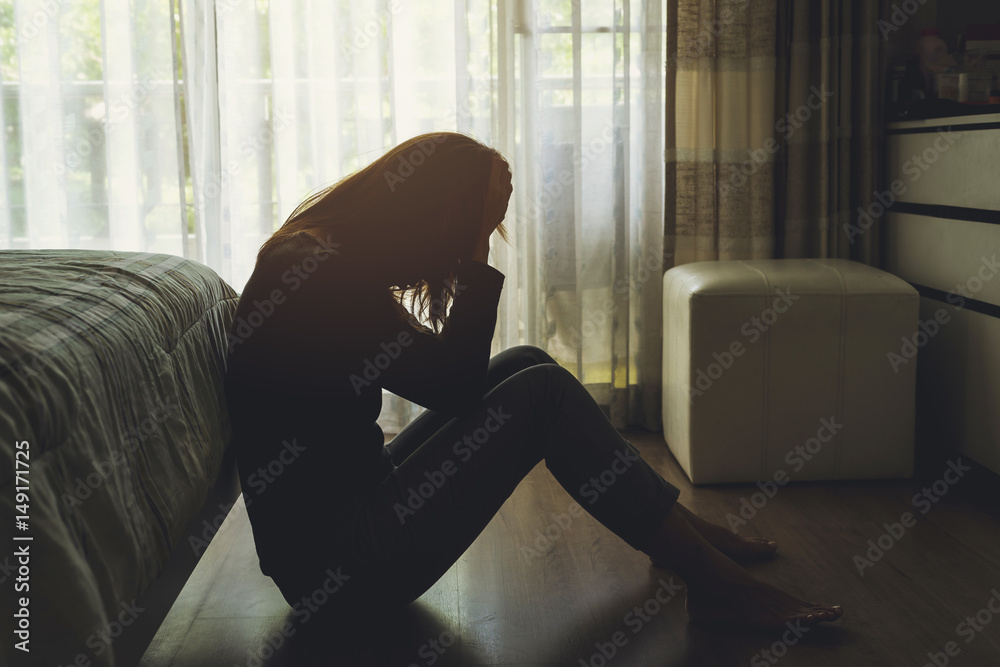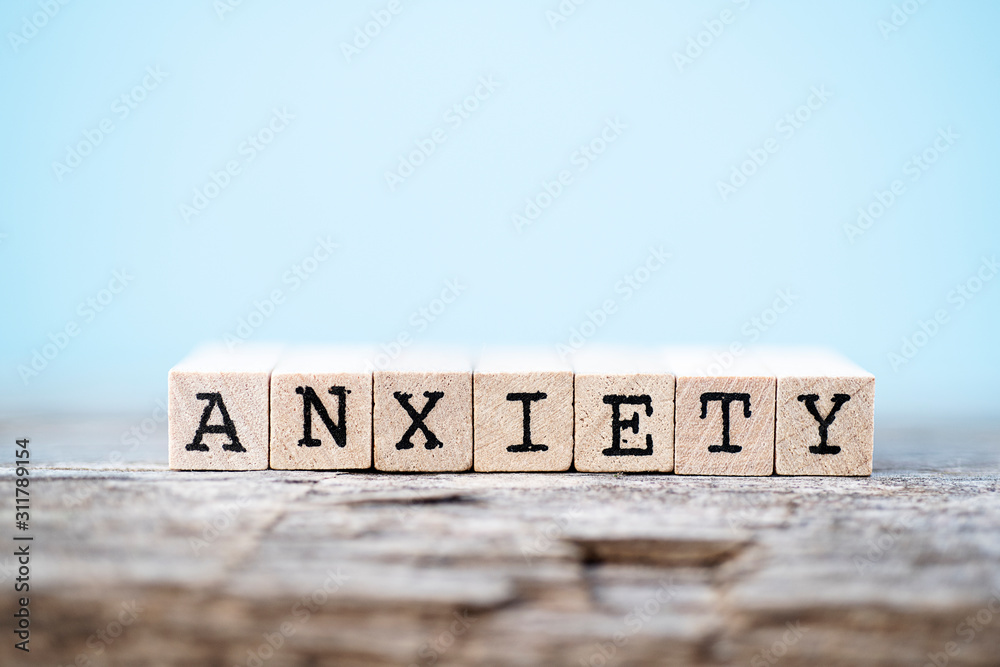While anxiety is considered a natural and short-lived reaction to a stressful situation, for some people anxious thoughts, feelings, or physical symptoms can become severe and upsetting, return repeatedly, continue over a period of time, and interrupt their daily lives. Where there is a cluster of anxiety symptoms that are severe and persist over time, it is typically considered an anxiety disorder.
Anxiety disorders are the most common type of mental disorder diagnosed in Australia. There are a number of anxiety disorders, including:
Generalised anxiety disorder
Generalised anxiety disorder (GAD) is characterised by persistent and excessive worry, often about daily situations like work, family or health. This worry is difficult to control and interferes with the person’s day-to-day life and relationships.
Specific phobia
People with specific phobia experience extreme anxiety and fear of particular objects or situations. Common phobias include fear of flying, fear of spiders and other animals, and fear of injections.
Panic disorder
Panic disorder is characterised by the experience of repeat and unexpected panic attacks – sudden surges of overwhelming fear and anxiety and physical symptoms such as chest pain, heart palpitations, dizziness and breathlessness. In panic disorder, these panic attacks come ‘out of the blue’ with no apparent trigger.
Agoraphobia
Agoraphobia involves intense anxiety in the context or anticipation of a variety of situations such as using public transportation, being in open spaces, being in closed spaces such as in a cinema, being in crowds, or being outside of the home alone.
Obsessive compulsive disorder (OCD)
People with OCD have recurring, persistent, and distressing thoughts, images or impulses, known as obsessions (e.g. a fear of catching germs), or feel compelled to carry out certain repetitive behaviours, rituals, or mental acts, known as compulsions (e.g. hand-washing). Some people with OCD have both obsessions and compulsions. These thoughts and acts can take over a person’s life and while people with OCD usually know that their obsessions and compulsions are an over-reaction, they feel they are unable to stop them.
Social anxiety disorder
In social anxiety disorder the person has severe anxiety about being criticised or negatively evaluated by others. This leads to the person avoiding social events and other public situations for fear of doing something that leads to embarrassment or humiliation.


